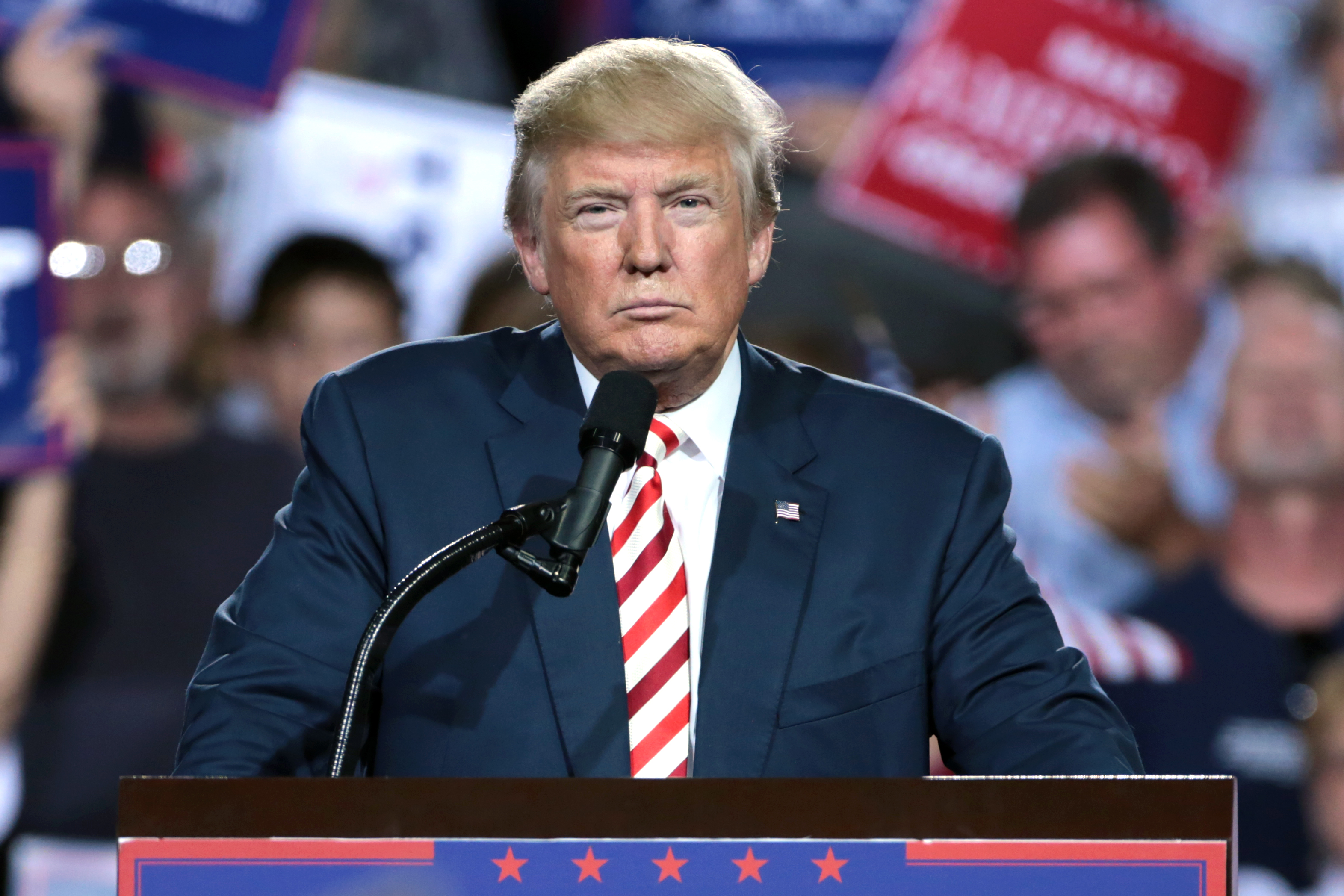The Dark Side of Populism: Trump vs. The Media


To most observers, it is obvious that Trump has a deep aversion towards the media, at least to the outlets that criticise him. He fervently bashes the press on twitter, not shying away from personal attacks. On the surface, it appears as if Trump and his team can’t get a foothold in his troubled relationship with the media. He has fired two press secretaries in just over six months. In the most recent episode of The Apprentice, Trump laid off Anthony Scaramucci, who held the job for a record short time of 10 days. While it is not wrong to describe Trump’s behaviour towards the media as a display of adolescent temperament, it is not a complete explanation. It is also not enough to dismiss the chaos and drama within the administration simply as amateurish blunders, although this is not an incorrect observation either. I argue that the Trump team is engaged in a purposeful strategic crusade against the media in order to avoid accountability and responsibility for the administration’s actions, and therefore its consequences. This strategy combines two core techniques: the creation of distractions & discrediting news outlets and their content. Trump’s embrace of a war against the press exposes a dark side of populism.

Throughout the six months of his presidency, Trump constantly fills headlines with shocking tweets. His Twitter tirades can undoubtedly be appalling: last month he tweeted about Morning Joe host Mika Brzezinski, describing her as “low I.Q. Crazy Mika” and that she was “bleeding badly from a face-lift” at Mar-a-Lago, which sparked a firestorm of outrage in the media. However, the content is relatively trivial when compared to the consequences that his policies have. It therefore seems like much of his impudence is part of a distraction method. Sometimes these distractions occur inadvertently, like much of what happens in the chaotic White House. Internal feuds in the administration like the Reince Priebus v. Scaramucci rivalry (both have since been fired) or reports of tension between Steve Bannon and Jared Kushner are akin to reality tv show plots. While these incidents may not be entirely scripted (like those of reality tv shows) the result is the same nonetheless: it makes for good television.
While his distractions act as powerful smoke and mirrors that consume the public with trivial matters, his policies and its consequences still reach the limelight. To battle this, Trump has engaged in an aggressive branding campaign to smear the integrity of the press and by discrediting their validity to its very core. The branding technique, which Trump employed actively on opposing candidates during the presidential election campaign – remember “Crooked Hillary,” “Little Rubio,” and “Lyin’ Ted” – are signature techniques for populists. Trumpists coined an array of terms for the media and its institutions, as well. Look at Trump’s Twitter posts or listen to an interview by a Trump team member and terms like “fake news” or the “failing New York Times” are likely to come up. Since the election, Trump has tweeted “fake news” over 60 times.
By dismissing factual reporting from reliable news outlets as fake or biased, Trump effectively urges the public not to trust any information that criticises his administration. Since the president’s passionate backbone are inclined to take Trump’s word for it, he is shielded from accountability for his actions among his voters. A poll carried out by Harvard-Harris in May found that 65% of voters, including 80% of Republicans, believe there is a lot of fake news in the mainstream media. The advent of social media in the election has certainly created polarisation and biased reporting on both side of the political spectrum. What is troubling is that Trump has aligned himself with far-right outlets such as Breitbart and even conspiracy theorists like Alex Jones from InfoWars.
On the one hand, Trump is keen to discredit the mainstream press, which is traditionally respected by politicians as a fact-checking system on their power and performance. On the other hand, he has embraced the outlets that provide positive publicity and worked to dispute any negative press that disparages his actions. Recently, the Trump team has launched the “Real News” Facebook series, which is essentially a propaganda show hosted by Trump’s daughter-in-law. Trump’s enthusiasm for fake news sources, while he publicly rails against the phenomenon, exposes his hypocrisy. His masquerading as a watchdog of the press and custodian of journalistic integrity exposes him as an anti-democratic demagogue.
Trump’s methods affect non-Trump supporters as well. While a large number of spectators adamantly and vocally disapprove of Trump’s messages, they are often too shocking to ignore. In today’s political climate, nobody can argue that politics is boring. The issue with this is that, as a society, we are growing accustomed to a heightened level of sensationalism. When Trump lies day in and day out, we eventually normalize such behaviour. A dangerous development, then, is to start to rationalize behaviour that is far from normal and appropriate.
The Trump administration seems willing (even determined) to dismantle everything that they dislike or that stands in their way. Any established tenet or structure in politics is in danger of an overhaul. Repealing health care, rewriting tax codes, transforming diplomatic relations are all on the table for Trump. Seemingly, so is the role of the press, whose independence the Trump team is seriously impeding. It is unclear how severe the lasting damage of this administration will be in this matter. Regrettably, combatting the high level of distrust towards the media and the polarization of reporting that has cultivated under Trump’s presence is an improbable task. By assaulting the media, Trump’s populism has cast a dark spell over the democratic character of the United States.
